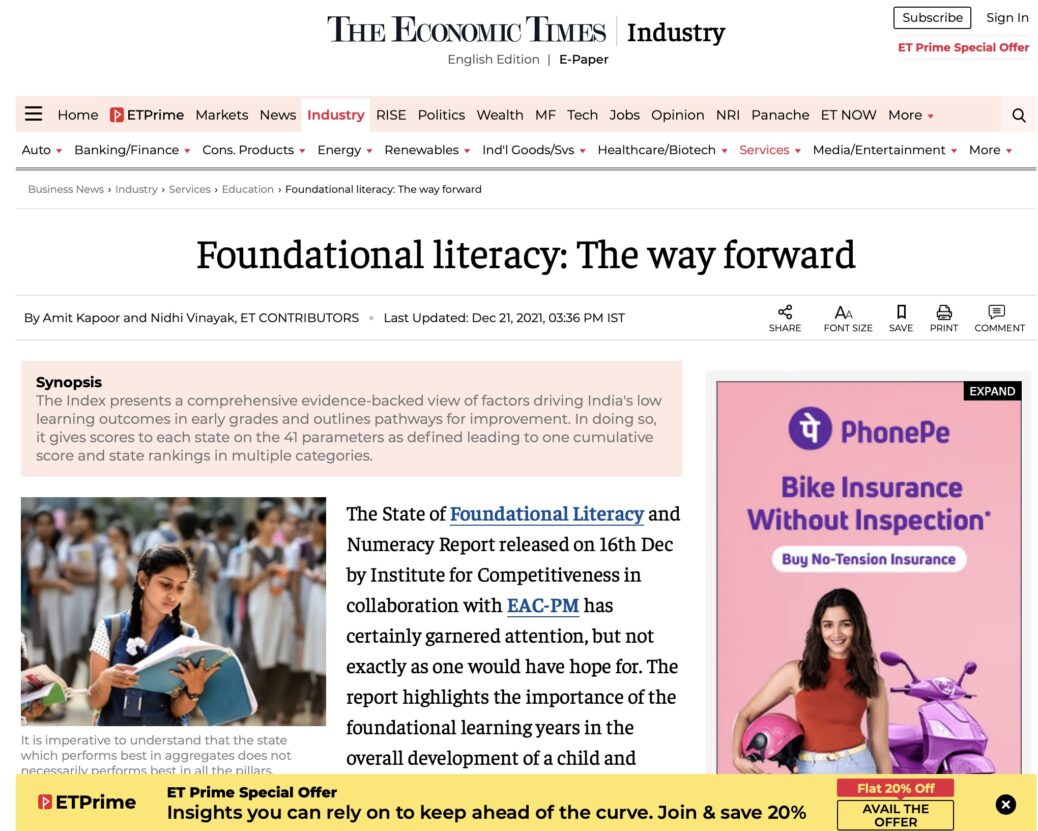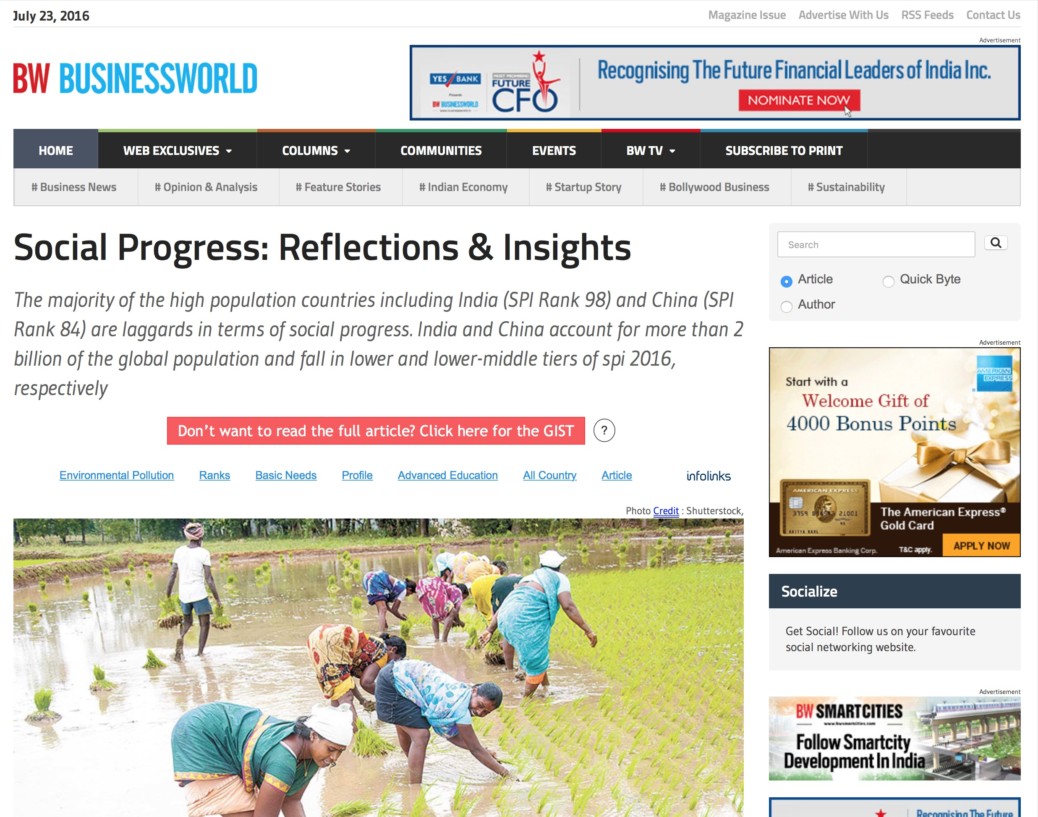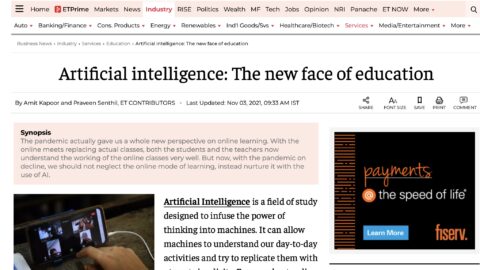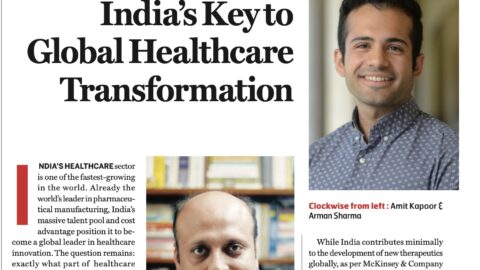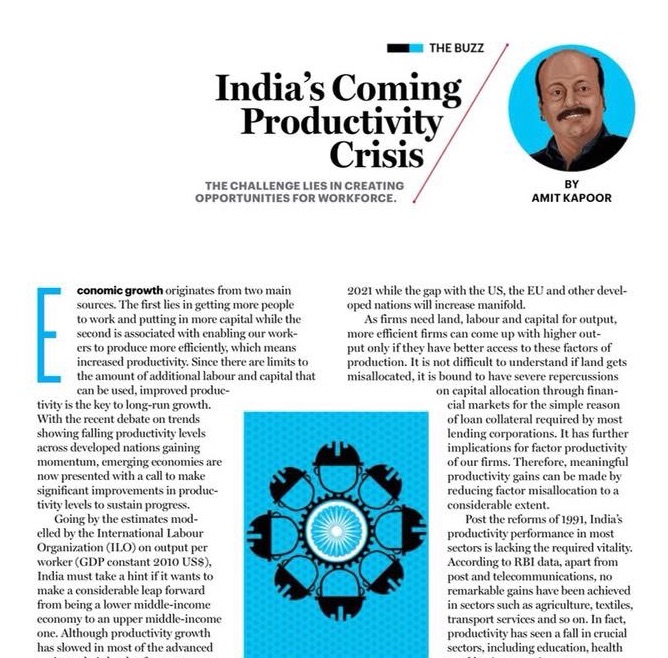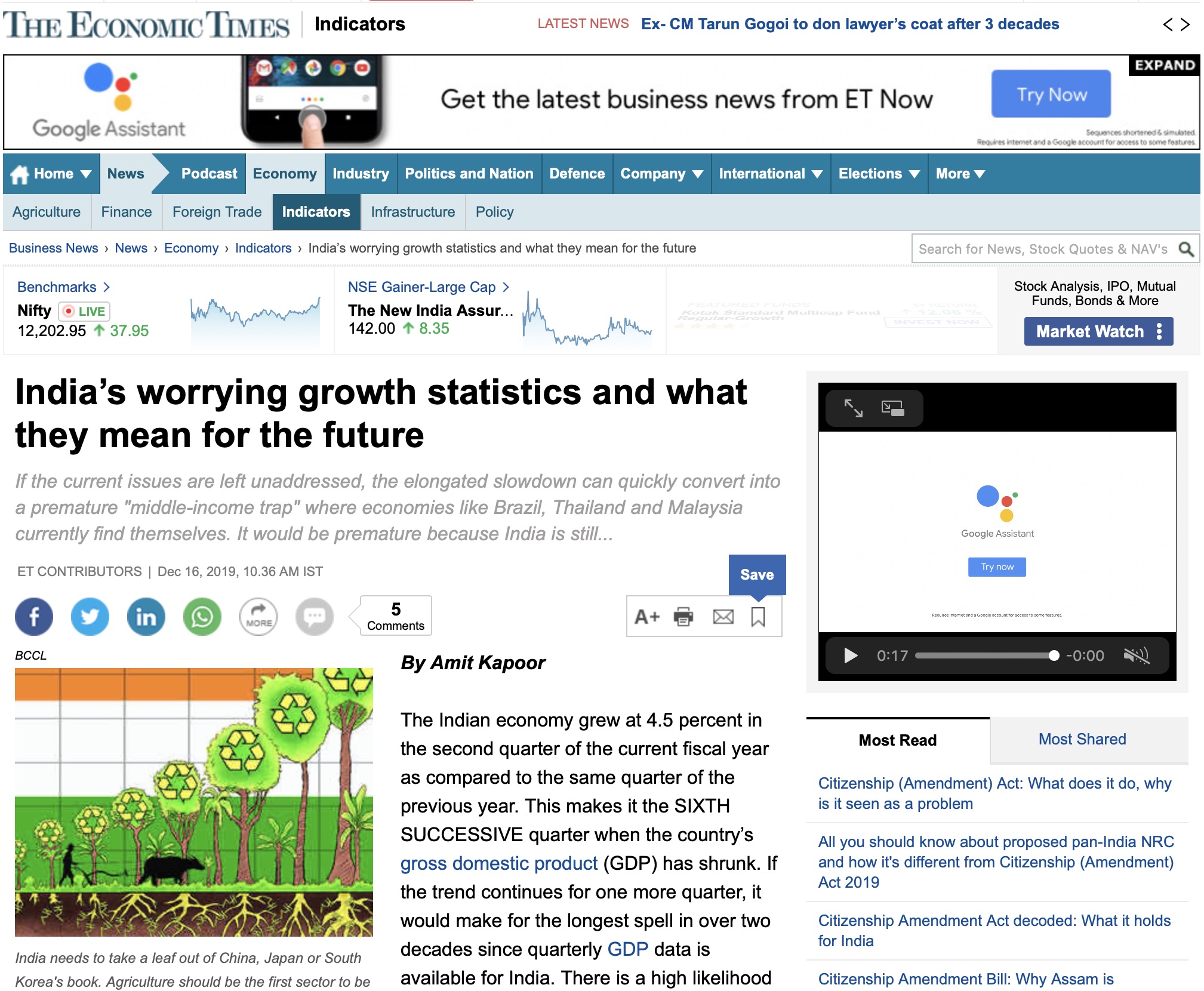Foundational Litercay: The Way Forward
The State of Foundational Literacy and Numeracy Report released on 16th Dec by Institute for Competitiveness in collaboration with EAC-PM has certainly garnered attention, but not exactly as one would have hope for. The report highlights the importance of the foundational learning years in the overall development of a child and further emphasizes on the role of well-planned early interventions like the National Education Policy (2020) and the NIPUN Bharat guidelines, leading to long-term improved learning outcomes. A key highlight of the report is the State of Foundational Literacy and Numeracy in India Index that is established on five pillars and 41 indicators within it. The five pillars being Educational Infrastructure, Access to Education, Basic Health, Learning Outcomes and Governance. The Index presents a comprehensive evidence-backed view of factors driving India’s low learning outcomes in early grades and outlines pathways for improvement. In doing so, it gives scores to each state on the 41 parameters as defined leading to one cumulative score and state rankings in multiple categories.
As per the scorecards, Kerala with a score of 67.95 and West Bengal with a score of 58.95 are the top-scoring regions in Small and Large states, respectively. Lakshadweep (52.69) and Mizoram (51.64) are top-scoring regions in Union Territory and Northeast state category. Only 17 states and 4 union territories have scored above the national average of 48.38 on Index of Foundational Literacy and Numeracy. Some of the poor-performing states in the overall index rankings emerge from Jharkhand (45.28) and Odisha (45.58), Madhya Pradesh (38.69), Uttar Pradesh (38.46) and Bihar (36.81).
However, one must be cognizant of the fact that the basic objective of the report is not a ‘ranking’ of the states, but an assessment of the status of FLN. This becomes even more critical in the light of increased FLN priority that is aimed to be achieved in a mission mode by 2026-27. Post the release of National Education Policy (2020), states have been expected to gear up to achieve improved learning outcomes. The report is envisaged to support the states in looking at the areas of improvement, basis which they can plan and prepare a road map for the coming years. However, this would require that the states analyse it’s score for each of the parameters with rigour and honesty.
This requires a manthan by each state/UT to be able to bring up both the vish (poison) and the amrit (nectar). While the amrit would tell the states where it is doing well and of course provide them with a pat on the back, it is the vish that is more important to be looked at and then worked on. This is in fact the objective with which the report has been written. It is time that we invoke the Shiva in us and work towards reconstruction of a better education system.
It is important for each state to critically evaluate itself and then engage in dialogues, discussions and critical policy decisions. For instance, one hopes that when Jharkhand would see its scorecard, they would realize that while they do well in terms of educational infrastructure, there is a lot that needs to be done to ensure basic health, access to education and governance. Further, it is expected that the states would dive deep into each of the parameters across these broad domains to identify core focus areas. For instance, on seeing the scorecard, while states like West Bengal would feel satisfied on several parameters leading to a better score than many others, it should also be able to get a glimpse of its underperformance in almost all learning outcome related indicators. Some such indicators pertain to the NAS scores, the promotion and transition rates, children receiving both digital and non-digital material etc. The fact that the state ‘underperforms’ in these should give them the much-needed nudge to plan and work towards improving children’s learning. They may be on seeing their scorecard be inclined towards taking some critical policy decisions that would enhance learning experience for a child, some of which may be curricular restructuring, review and revision of relevant resources, ensuring access to quality resources that may be both digital and non-digital and based on the neuroscientific principles of learning, giving space to child’s language in the classroom, efficient and sustainable teacher professional development interventions.
It is imperative to understand that the state which performs best in aggregates does not necessarily performs best in all the pillars. One may look at any state scorecard and find a lot of red dots – that show the areas of improvement. The issue is that if we just focus on ‘ranking’ we may end up only looking at the short-term measures at the cost of long-term critical interventions. As an academic, for once I would like to urge our leaders o to focus on the right thing, the right message. At this stage it is relevant to analyze that while the scorecards were envisioned more as a tool to support the states/UTs in their strategic planning to help achieve FLN, these were instead used to create a false narrative in anticipation of political gains. The report meant to be an academic exercise unfortunately was twisted for purposes beyond its scope. The idea is to remain true to the exercise and focus on how to improve lives of the children and enable ease of living for them in the future.
The article was published with Economic Times on December 21, 2021

